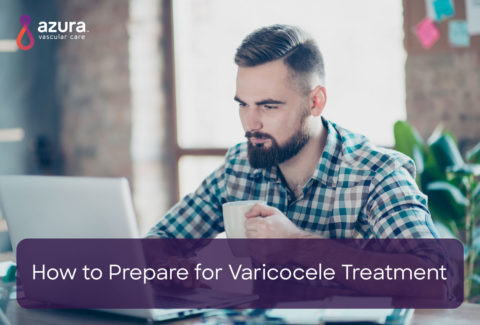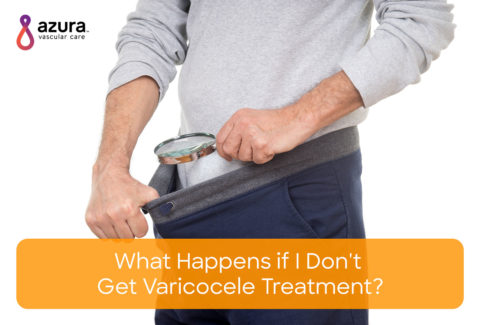
If you have been diagnosed with, or suffer from pain or infertility caused by a varicocele, seeking treatment is your best choice for symptomatic relief. The ultimate goals of varicocele treatment are to correct the backward flow of blood from the scrotum towards the heart and to minimize discomfort.
Benefits of Treatment
- Reduced pain and discomfort
- May restore normal testicle size, if the size was affected
- Increased sperm count and quality
- Potentially improved pregnancy rates
Know Your Options
Varicocele Surgery
There are several surgical approaches used to close off, or ligate, the varicose vein and repair the varicocele, including open surgery (with a relatively high incidence of recurrence), microsurgery (lower recurrence rate but technically complex), or laparoscopy (requiring general anesthesia with higher complication rates). These procedures are usually performed in a hospital by a urologist. Although most patients leave the hospital the same day, 24 percent of surgical ligation patients are required to stay at the hospital overnight.1 Patients who have had surgical ligation of a varicocele can expect a two-to-three week recovery period.
In the past surgery was the only method to treat varicoceles, but today men have another option.
RELATED: Learn more about varicocele surgery
Varicocele Embolization
Varicocele embolization is a minimally invasive outpatient procedure that requires no incision or sutures and allows for a much faster recovery than surgery.
This minimally invasive procedure, performed by an interventional radiologist, closes off the blood flow to the affected vein without surgery. Also known as catheter-directed embolization or percutaneous embolization, varicocele embolization is a highly effective, widely available technique to treat a varicocele.
This outpatient procedure uses image-guided technology to insert a thin catheter into a vein in your groin or neck after you are sedated.
Vascular coils, which may be used with a sclerosing agent, are inserted through the catheter to block the abnormal veins, which reduces pressure on the varicocele. By embolizing the vein, blood flow is redirected through other pathways. Blood flow to the incompetent vein is shut off, accomplishing what the surgeon does, without the need for a more invasive surgery.
Throughout this treatment, the patient is relaxed and free of pain. The procedure takes about 1 – 2 hours from start to finish.
If you are considering surgery to treat your varicocele and want to explore embolization, schedule a consultation with an interventional radiologist to provide total clarity about this minimally invasive procedure. Completely explore all of your varicocele treatment options and make the best decision for you.
Sources:
i http://www.scvir.org/patients/varicoceles/. Accessed on 5/30/2017.


